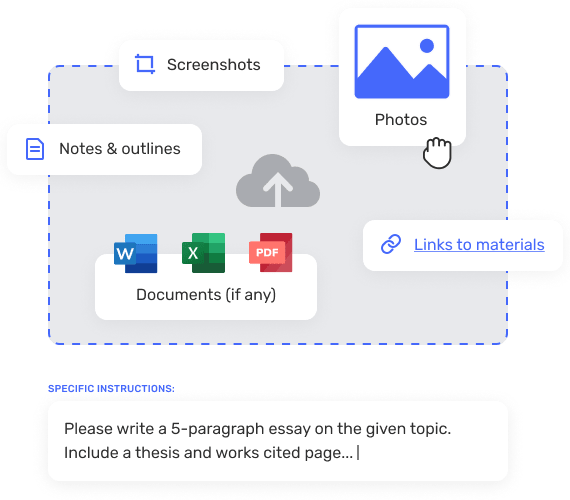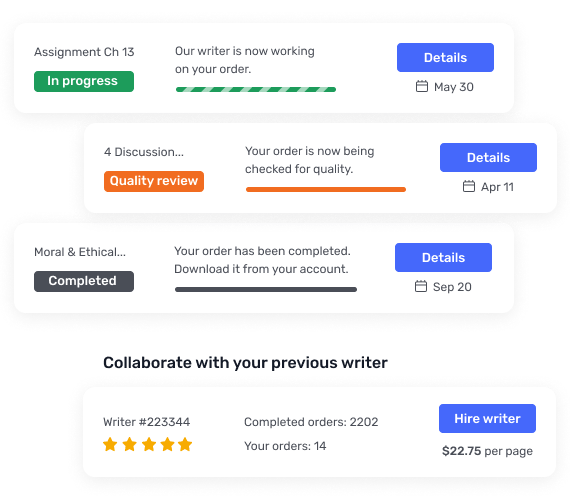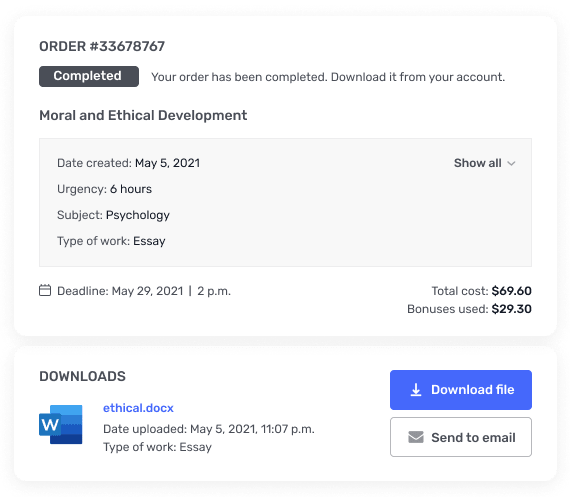ACCT
Intermediate Accounting I ACCT 310, Section 4025 Quiz #2
(Take Home): Chapters 5, 6, 7 and 8 Due February 9th,2017 AT THE BEGINNING OF
CLASS
#1 The December 31, 2015 balance sheet of Cohen Company had
Accounts Receivable of $400,000 and a credit balance in Allowance for Doubtful
Accounts of $32,000. During 2016, the following transactions occurred: sales on
account $1,500,000; sales returns and allowances, $50,000; collections from
customers, $1,250,000; accounts written off $36,000; previously written off
accounts of $6,000 were collected.
Instructions
(a) Journalize the 2016 transactions.
(b) If the company uses the percentage of sales basis to
estimate bad debts expense and anticipates 3% of net sales to be uncollectible,
what is the adjusting entry at December 31, 2016? (c) If the company uses the
percentage of receivables basis to estimate bad debts expense and determines
that uncollectible accounts are expected to be 8% of accounts receivable, what
is the adjusting entry at December 31, 2016?
(d) Which basis would produce a higher net income for 2016
and by how much?
#2 Greg Miller is a new accountant with Pear Company. Pear
purchased merchandise on account for $9,000. The credit terms are 2/10, n/30.
Miller has talked with the company’s banker and learned that Pear Company would
earn 8% (simple interest) on any money invested in the company’s savings
account.
Instructions (a) Should Miller pay the invoice within the
discount period or should he keep the $9,000 in the savings account and pay at
the end of the credit period? Support your recommendation with a calculation
showing which action would be best. Hint: remember, PxRxT; please use 360 NOT
365 in your calculation.
(b) If Miller forgoes the discount, it may be viewed as
paying an interest rate of 2% for the use of $9,000 for 20 days. Calculate the
annual rate of interest that this is equivalent to. Remember in the United
States ALL rates are quoted on an annual basis.
#3 Sherlock Company sells many products. The iPear2 is one
of its most popular items. Below is an analysis of the inventory purchases and
sales of iPear2 for the month of March. Sherlock Company uses the periodic
inventory system.
Purchases Sales Units Unit Cost Units Selling Price/Unit 3/1
Beginning inventory 100 $40 3/3 Purchase 60 $50 3/4 Sales 70 $80 3/10 Purchase
200 $55 3/16 Sales 80 $90 3/19 Sales 60 $90 3/25 Sales 40 $90 3/30 Purchase 40
$60
Instructions
(a) Using the FIFO assumption, calculate the amount charged
to cost of goods sold for March. (Show necessary computations)
(b) Using the weighted average method, calculate the amount
assigned to the inventory on hand on March 31. (Show necessary computations)
(6) Using the LIFO assumption, calculate the amount assigned to the inventory
on hand on March 31. (Show necessary computations)
Please note: the examiners asked for necessary computations,
not ALL computations. Remember the CPA exam is a TIMED exam, don’t waste time
doing unnecessary/unrequired work!
#4 Bianca Boat Company’s bank statement for the month of
September showed a balance per bank of $7,000. The company’s Cash account in
the general ledger had a balance of $5,459 at September 30. Other information
is as follows:
(1) Cash receipts for September 30 recorded on the company’s
books were $5,700 but this amount does not appear on the bank statement.
(2) The bank statement shows a debit memorandum for $40 for
check printing charges.
(3) Check No. 119 payable to Pear Company was recorded in
the cash payments journal and cleared the bank for $248. A review of the accounts
payable subsidiary ledger shows a $36 credit balance in the account of Pear
Company and that the payment to them should have been for $284.
(4) The total amount of checks still outstanding at
September 30 amounted to $6,000.
(5) Check No. 138 was correctly written and paid by the bank
for $409. The cash payment journal reflects an entry for Check No. 138 as a
debit to Accounts Payable and a credit to Cash in Bank for $490.
(6) The bank returned an NSF check from a customer for $360.
(7) The bank included a credit memorandum for $1,560 which represents
collection of a customer’s note by the bank for the company; principal amount
of the note was $1,500 and interest was $60. Interest has not been accrued.
Instructions (a) Prepare a bank reconciliation for Bianca
Boat Company at September 30. (b) Prepare any adjusting entries necessary as a
result of the bank reconciliation.
#5 The income statement of Soliman, Inc. includes the items
listed below:
Net sales $900,000 Gross profit 320,000 Beginning inventory
80,000 Purchase discounts 15,000 Purchase returns and allowances 8,000
Freight-in 10,000 Operating expenses 300,000 Purchases 540,000
Instructions Use the appropriate items listed above to
compute: (a) Cost of goods sold. (b) Cost of goods available for sale. (c)
Ending inventory.
#6 Margaryta Company sold merchandise to Magdalena Company
on account for $73,000 with credit terms of ?/10, n/30. The cost of the
merchandise sold was $43,800. During the discount period, Magdalena Company
returned $3,000 of merchandise and paid its account in full (minus the
discount) by remitting $69,300 in cash. Both companies use a perpetual
inventory system. Prepare the journal entries that Margaryta Company made to
record:
(1) the sale of merchandise. (2) the return of merchandise.
(3) the collection on account. (Hint: first compute the missing discount % in
?/10, n/30)
#7 For each of the independent events listed below, analyze
the impact on the indicated items at the end of the current year by placing the
appropriate code letter in the box under each item. Code: 0 = item is
overstated U = item is understated NA = item is not affected
Events Items Assets Owner’s Equity Cost of Goods Sold Net
Income 1. A physical count of goods on hand at the end of the current year
resulted in some goods being counted twice. 2. The ending inventory in the
previous period was overstated. 3. Goods purchased on account in December of
the current year and shipped FOB shipping point were recorded as purchases, but
were not included in the count of goods on hand on December 31 because they had
not arrived by December 31. 4. Goods purchased on account in December of the
current year and shipped FOB deStination were recorded as purchases, but were not
included in the count of goods on hand on December 31 because they had not
arrived by December 31. 5. The internal auditors discovered that the ending
inventory in the previous period was understated $15,000 and that the ending
inventory in the current period was overstated $25,000.
#8 On October 1, cite’s Bicycle Shop had an inventory of 20
ten speed bicycles at a cost of $200 each. During the month of October, the
following transactions occurred.
Oct. 4 Purchased 30 bicycles at a cost of $200 each from the
Pinarello Bicycle Company, terms 1/10, n/30. 6 Sold 18 bicycles to Team Hampton
for $330 each, terms 2/10, n/30. 7 Received credit from Pinarello Bicycle
Company for the return of 2 defective bicycles. 13 Issued a credit memo to Team
Hampton for the return of a defective bicycle. 14 Paid the Pinarello Bicycle
Company in full, less discount.
Instructions Prepare the journal entries to record the
transactions assuming the company uses a perpetual inventory system.
#9 Kerri Worden’s Company purchased equipment on January 1,
2015 for $90,000. It is estimated that the equipment will have a $5,000 salvage
value at the end of its 5-year useful life. It is also estimated that the
equipment will produce 100,000 units over its 5-year life.
Instructions Answer the following independent questions.
1. Compute the amount of depreciation expense for the year
ended December 31, 2015, using the straight-line method of depreciation. 2. If
16,000 units of product are produced in 2015 and 24,000 units are produced in 2016,
what was the book value of the equipment at December 31, 2016? The company uses
the units-of-activity depreciation method. 3. If the company uses the
double-declining-balance method of depreciation, what will be the balance of
the Accumulated Depreciation—Equipment account at December 31, 2017?
#10 Holmes Co. acquired a truck on July 1, 2012, at a cost
of $216,000. The truck had a six-year useful life and an estimated salvage
value of $24,000. The straight-line method of depreciation was used. On January
1, 2015, the truck was overhauled at a cost of $20,000, which extended the
useful life of the truck for an additional two years beyond that originally
estimated (salvage value is still estimated at $24,000). In computing
depreciation for annual adjustment purposes, expense is calculated for each
month the asset is owned.
Instructions Prepare the appropriate entries for January 1,
2015




